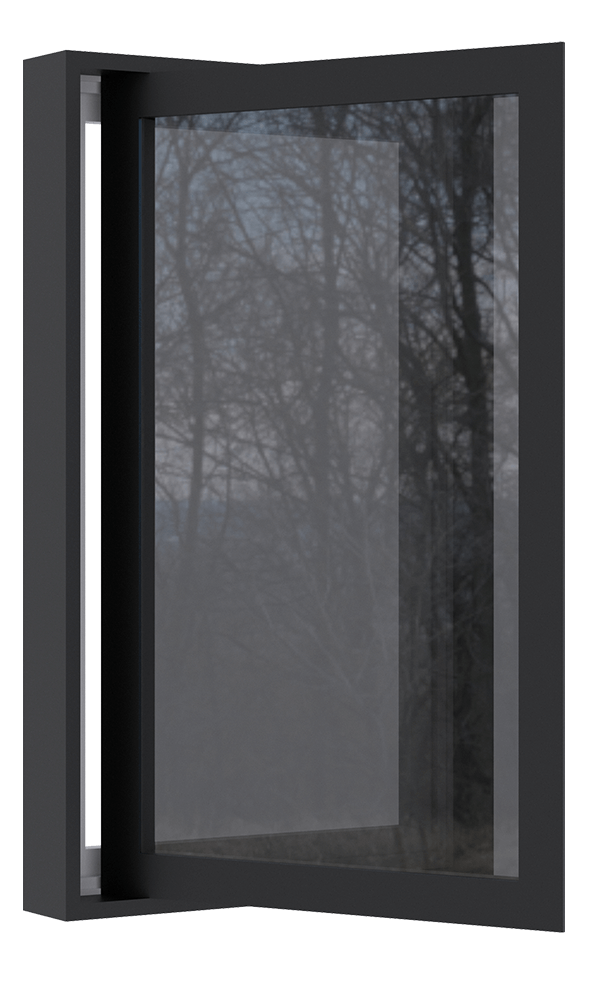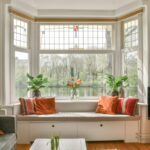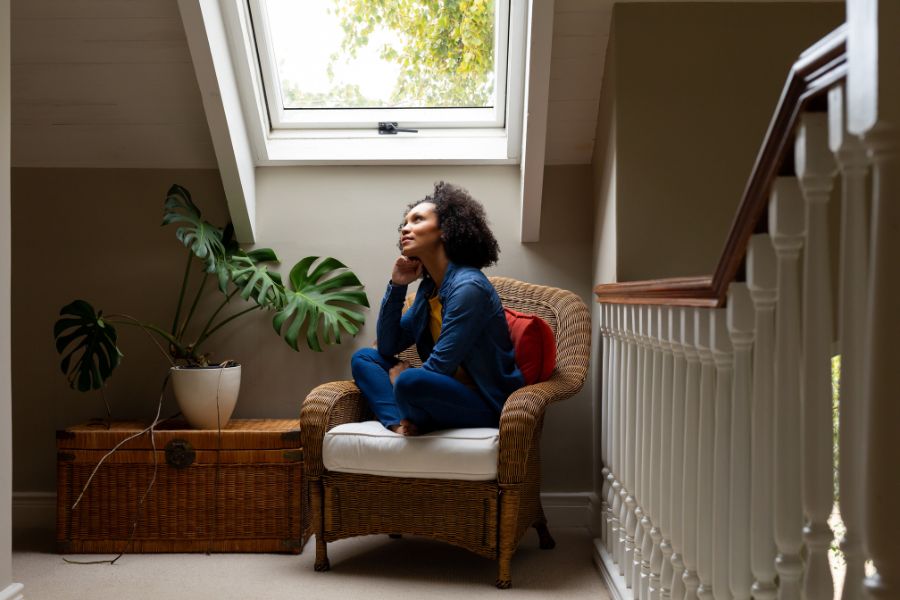
Maximizing Natural Light in Small Spaces with the Right Windows
In small living spaces, the clever use of natural light can dramatically alter perceptions of size and atmosphere, transforming cramped quarters into open, welcoming environments. There are several strategies for maximizing natural light through window selection and placement, alongside interior design techniques that enhance the brightness and spaciousness of small areas.
The Significance of Natural Light
Natural light serves more than aesthetic purposes; it’s a cornerstone of energy-efficient design, mental health, and physical well-being. It reduces the need for artificial lighting, cutting down on energy costs, and supports our circadian rhythms, which in turn improves sleep patterns and mood.

Health and Mood Benefits
Exposure to natural light has been shown to boost serotonin levels, enhancing mood and focus. It’s also vital for vitamin D synthesis, crucial for bone health and immune function.
Spatial Perception
Rooms bathed in sunlight appear larger and more open, an essential feature for small spaces. Light influences how we perceive the dimensions of a room, with well-lit areas feeling more expansive.
Window Choices and Placement
Expanding Window Sizes
Larger windows or glass doors let in more light. In places where privacy isn’t a concern, consider floor-to-ceiling windows or expanding existing openings to maximize sunlight entry.
Strategic Positioning
To harness daylight effectively, position windows on walls that catch abundant sunlight. South-facing installations capture even light throughout the day, while east and west orientations provide strong morning and evening light, respectively.
The Right Window Choices
The type of window you choose can have a significant impact on how well it lights light into a given space. Bay windows can be effective in rooms that get sunlight from multiple angles. A casement window might be just right for instances where you’d like to add a window to a narrow segment of wall.
Enhancing Light Within Interiors
Once optimal windows are in place, various design choices can further amplify indoor natural light.
Utilizing Reflective Surfaces
Mirrors and shiny surfaces placed opposite or near windows can effectively double the amount of perceived light in a room, dispersing it throughout the space for a brighter feel.
Choosing the Right Window Treatments
Opt for sheer curtains or translucent shades to maximize daylight while maintaining privacy. These allow light to penetrate the room without the heaviness of traditional curtains, which can block sunlight.
Light Colors and Reflective Materials
Light-coloured walls, ceilings, and floors reflect sunlight better than dark colours, amplifying the light available in a room. Glossy finishes on furniture and decor can also enhance light reflection.
Furniture and Layout
Select furniture with a low profile and place it strategically to avoid blocking windows. This approach ensures light can flow freely, contributing to an open, airy feel.
Window Maintenance
Keeping windows clean is a simple yet effective way to enhance natural light. Clear glass allows more sunlight to penetrate, brightening the space significantly.
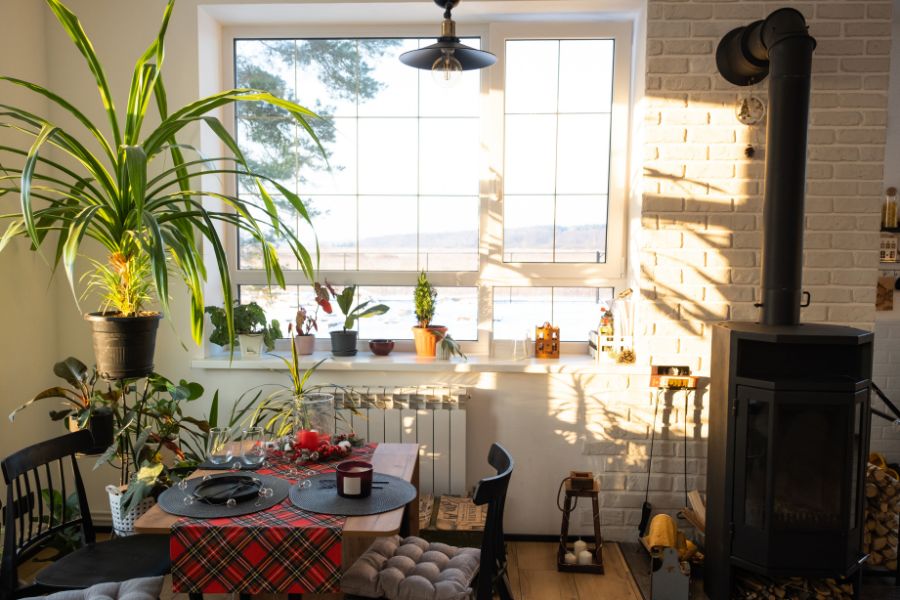
Advanced Light Maximization Strategies
For those looking to go a step further in maximizing natural light in small spaces, consider these advanced techniques:
Glass Door Installations
Replacing solid interior doors with glass or installing French doors can improve light distribution between rooms, fostering a sense of connectivity and openness.
High-Gloss Finishes in Kitchens and Bathrooms
Reflective backsplashes, countertops, and fixtures can bounce light around these often small spaces, making them feel larger and brighter.
Outdoor Landscape Modifications
Pruning or rearranging outdoor plants that block windows can increase the amount of light entering a home. Additionally, selecting outdoor materials and surfaces that reflect light can enhance indoor brightness.
Light Tubes for Interior Rooms
In spaces without direct access to the roof, installing light tubes can channel sunlight from the rooftop through reflective tubes into the room below, illuminating dark corners without the need for structural changes.
Zoning with Lighting
Define different areas within a small space using lighting. Employ task lighting, adjustable controls, and a variety of light sources to adapt to different times of the day and activities, enhancing both the utility and ambiance of small areas.
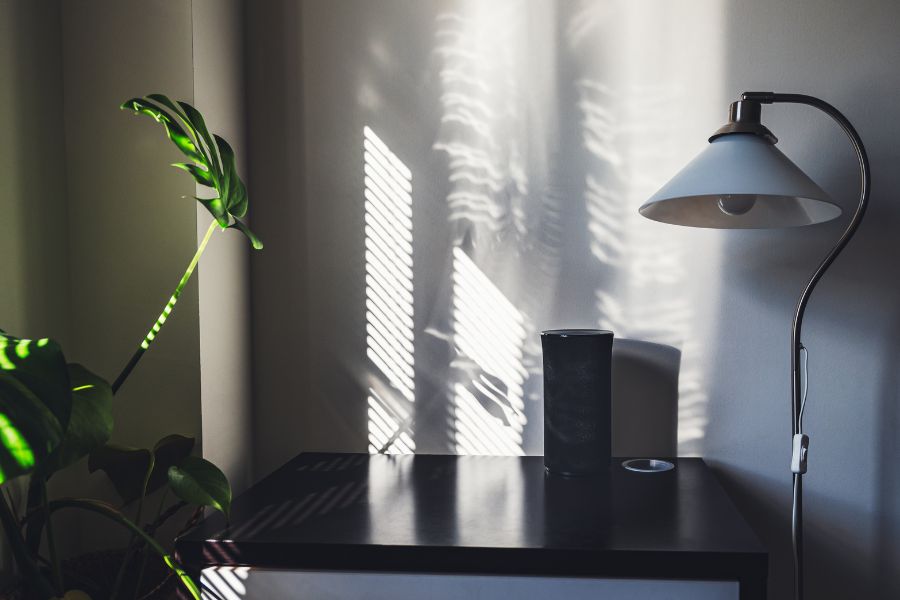
Practical Tips for Light Optimization
In addition to the strategies mentioned, consider these practical tips to maximize natural light:
Decorative Strategies
Use light-coloured and reflective accessories to add brightness to rooms. Metallic elements, glass decorations, and light wood can all contribute to a lighter, airier feel.
Transparent Furniture
Opt for furniture made from transparent materials, such as glass or acrylic, to maintain an unobstructed flow of light throughout the space.
Strategic Art Placement
Hang artwork and mirrors to reflect and amplify light. Positioning art in light-rich areas can also draw attention to the brighter aspects of a room.
Layered Lighting
Incorporate layered lighting to complement natural light. Use a mix of overhead, task, and accent lighting to create depth and highlight the space’s dimensions.
Embrace Minimalism
A minimalist approach to decor and clutter can enhance the flow of light. Less furniture and fewer decorations mean fewer obstacles for light, contributing to a brighter space.
In Summary
Maximizing natural light in small spaces is a multifaceted endeavour that combines thoughtful window selection and placement with interior design strategies aimed at enhancing light. From choosing large, strategically placed windows to utilizing reflective surfaces and light colours, these approaches can transform small, dim spaces into bright, welcoming areas. Advanced strategies, such as installing skylights or light tubes and optimizing outdoor landscaping, further enhance natural light’s reach and impact.
Incorporating these principles not only makes small spaces appear larger but also improves their functionality and the well-being of their occupants. By embracing natural light and designing with it in mind, homeowners can create inviting, luminous spaces that feel open and connected to the outdoors, regardless of their size. To get started on letting the light into your smaller living spaces, contact Windowsville today at (905) 790-0909!
Replacing your
Windows & Doors?
